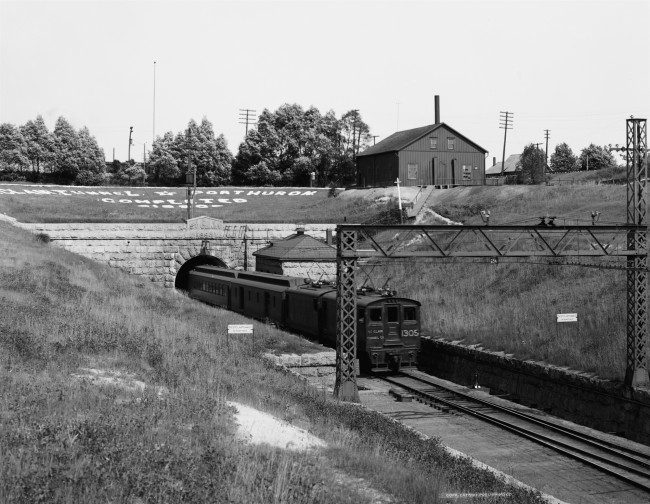Inducted 2008
The St. Clair Tunnel, linking Sarnia Ontario to Port Huron Michigan, was the world’s first international rail tunnel, as well as the first railway tunnel built under a river in North America. The tunnel is over six thousand feet long, with more than 2300 feet lying under the St. Clair River. The tube is slightly less than 20 feet in diameter, and accommodates a single gauge track.
Construction began in 1890, and the tunnel opened for rail traffic September, 1891.Workers progressed 7 to 9 feet per day, using a new technique of excavating in a compressed air environment. The tunnel was the engineering marvel of its day.
Until the tunnel’s completion, the Grand Trunk Railway had been forced to ferry train cars across the St. Clair, a costly and time consuming operation.
Initially, steam engines pulled trains through the tunnel. Because of concerns about crew safety should a train stall in the tunnel, it was adapted to electric power, beginning in 1908.
In 1994, CNR built a larger multi rail tunnel, parallel to the original, to accommodate more traffic as well as larger modern train cars.


